How do you fix radon and water infiltration in a dry stone foundation?
Gosh, do I need help w this one. It's a 1820s house with a largely stone foundation and backed against a small mountain. The "root cellar" with mechanicals and a dirt floor is under the living room, the rest is crawl space with dirt floor or slab. The 10x14' cellar has heavy springtime water ingress where the dry stacked stone meets bedrock.
The previous homeowner reported ~12" of standing water during a tropical storm and the sump losing power. The exterior water ingress can only be managed so much by gutters/french drains, given grade against mountain. There's no appetite for the cost of a full excavation to "footings" - if that's even possible w this type of foundation.
There's also a 3 month reading of radon at 4.0. So... I'm thinking a layer of washed gravel in the cellar is necessary to allow the water to flow to the sump. Then a radon-rated vapor barrier on ground/walls, taping best able around mechanicals and piers - and adherred to the skim of mortar under the rim.
Questions: 1) do you think an interior french drain to the sump is necessary? 2) spray foam insulation on walls necessary? 3) would you pursue a radon system drawing under the vapor barrier or an HRV w radostat? I don't want to unnecessarily over-engineer this... Oh, and there's mice galor! So thinking of caulking rim/joists and filling w rock insulation btwn. Heard they hate that stuff. Many thanks in advance for any advice and/or validation.



















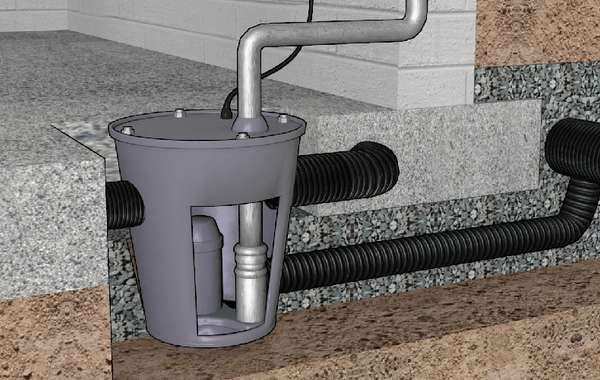
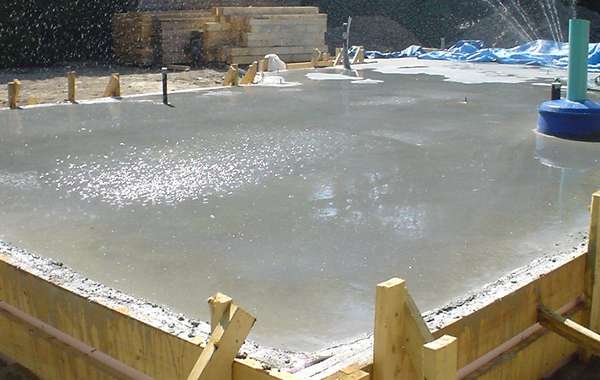


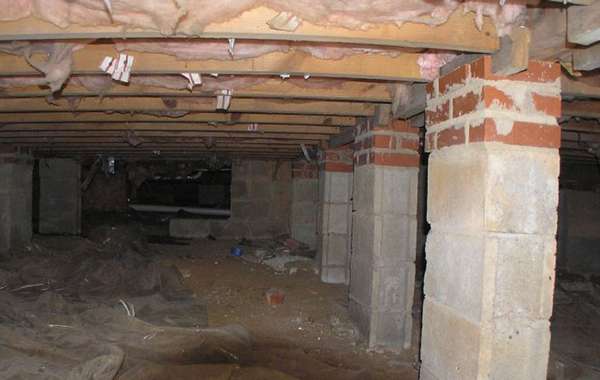
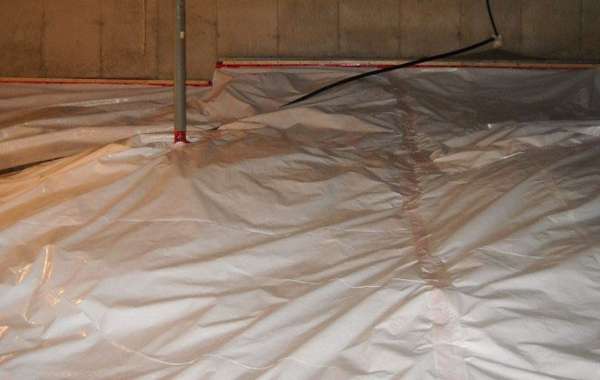
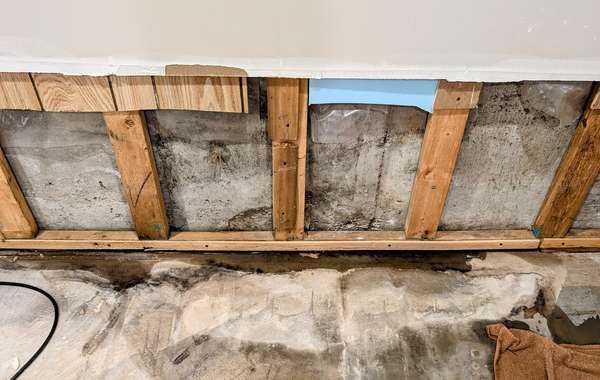
Any foundation built at the bottom of a mountain for sure needs drainage, ideally outside but if not inside. On your questions:
1 I would for sure want an interior French drain directed towards a sump pump given the water infiltration you mentioned and the lack of exterior drainage. Even a backup sump pump battery may be a wise idea.
2 insulating stone foundations from the inside can be risky, I’d talk to a local professional about that and get it inspected first. Stone and mortar foundations are much weaker than concrete, so if you insulate it, it will then freeze (which is likely has not done before) so it can be at risk of cracking. I get why you are reticent to eat the cost of exterior excavation and repair, but it really does solve more of the problems – you can do proper drainage and also insulate it properly without risk.
3 Those are pretty high radon readings, and if you are laying some crushed stone I would first put in a passive radon stack, then cover it all with a well sealed membrane. Read more here about removing radon gas from crawlspaces and basements.
To get an idea of the different types of caulk and silicone sealants and which are best, see here !
The problem is then that you really shouldn’t walk on it much or risk perforating it. That would be a cheaper solution and likely quite a bit more effective. The Radostat and HRV is a great tool for mitigating radon when you can’t get a membrane down, but that and an HRV means you are dealing with it after it is already in and diluted rather than keeping it out to begin with.
On the mouse issue, here’s a page about how to get rid of pests and rodents. I wouldn’t count on the mineral wood insulation to solve that problem! And where exactly are you located? That would affect a few things, including how much of a risk there is of the foundation cracking if you insulate.
Wow, thanks for the guidance! Foam insulation risks on stone walls... Also drying? There's no capillary break under the sill (plastic unknown in 1820!). So would moisture/rot be a concern besides freezing? I'm in Zone 5a by the way; low temps -20F to-15F or -28 to -26C in winter.
If when you say "also drying', is that asking if you should be concerned about foam trapping moisture? If so, yes that can be a risk in some situations. Rockwool (mineral wool) is sort of a failsafe choice in that regard, it isn't harmed at all by moisture, and the moisture will also move right through it. And if you mean about putting it on the inside instead of foam, it will still insulate, so the risk of freezing is still there. Here is our page on choosing rigid insulation boards, you can see some options there and the characteristics about how each type handles moisture, including mineral wool.
A lot of times with those old stone houses and foundations we sort of steer people towards super efficient heat sources rather than trying to insulate if there is any risk at all of structural damage, meaning things like Geothermal or just an air source heat pump. Again, this is all theory, so best is to have someone qualified look at it and see the condition of the mortar. Your climate zone does put you at risk, -20F is hardly balmy :)
Lol, even thinking about -20 makes me want to move to Costa Rica. Thanks again...deeply appreciated.
Happy to help John, good luck!